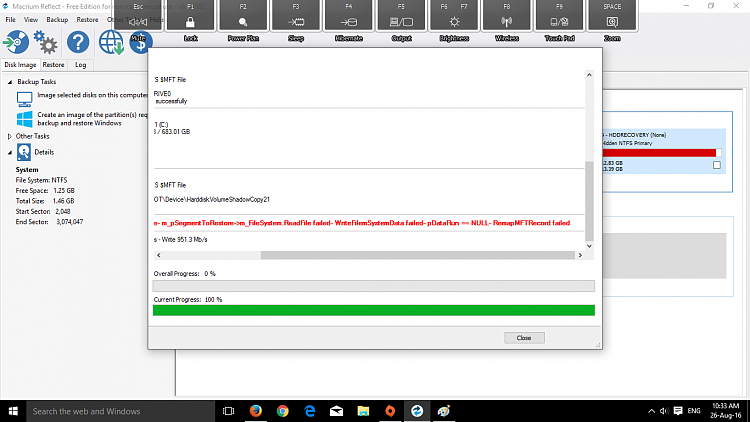


Well, for starters, disk imaging compresses your hard drive and all its data into a single ISO file. “Why can’t I just use disk imaging software?” you might ask.

Just continue working in apps and playing games right where you left off. After you make a clone and connect it to a computer, you can run Windows without a lengthy installation. Still, while we may have grown accustomed to using a standard data backup tool, the relatively new disk-clone software offers even more benefits. We use backup technology to save our files every day. (edit) I appear to have solved it by creating a repair disk from Disk 0 then using it to repair Disk 1.What Makes Disk Cloning Unique, and Do I Need It? (edit) This appears to be a similar issue as in this thread: Tldr How do I upgrade from Raid 0 1.5tb hard drives to a single 4tb hard drive without just reformatting everything (and preferably not splitting the 4tb hard drive into smaller partitions)? Finally I considered using clonezilla but it seems they don't support the raid I'm using (it will only let me clone the raid disks individually). I also tried hitting F8 while booting to Disk 1 and running Windows Recovery, but it doesn't seem to work. I attempted to set it in diskpart, but received this error: "the active command can only be used on fixed mbr disks". On the following screen, where you select which partition the pc is supposed to boot from, it only listed Disk 0.Īfter doing some reading I determined that it had to do with the fact that Disk 1, because it is 4tb, was formatted using GPT and not MBR and that there was no "active" partition set on it. This correctly showed that I had two installations of Windows 7 on two different disks, Disk 0 and Disk 1. I then tried booted up the Macrium Reflect Rescue Media that I created before doing the clone and running the "Fix Boot Problems" option. I followed this guide: Īfter what seemed like a successful cloning operation, I tried to boot to Disk 1 and was received with the dreaded "bootmgr is missing" error. I am trying to replace this with a single 4tb hard drive (hereby referred to as Disk 1). I currently have a RAID 0 configuration, across 2 750gb hard drives (hereby referred to as Disk 0). I am trying to upgrade to a bigger hard drive on my desktop running Windows 7.


 0 kommentar(er)
0 kommentar(er)
